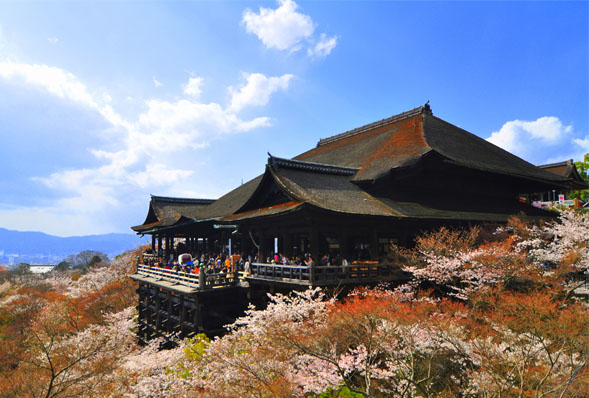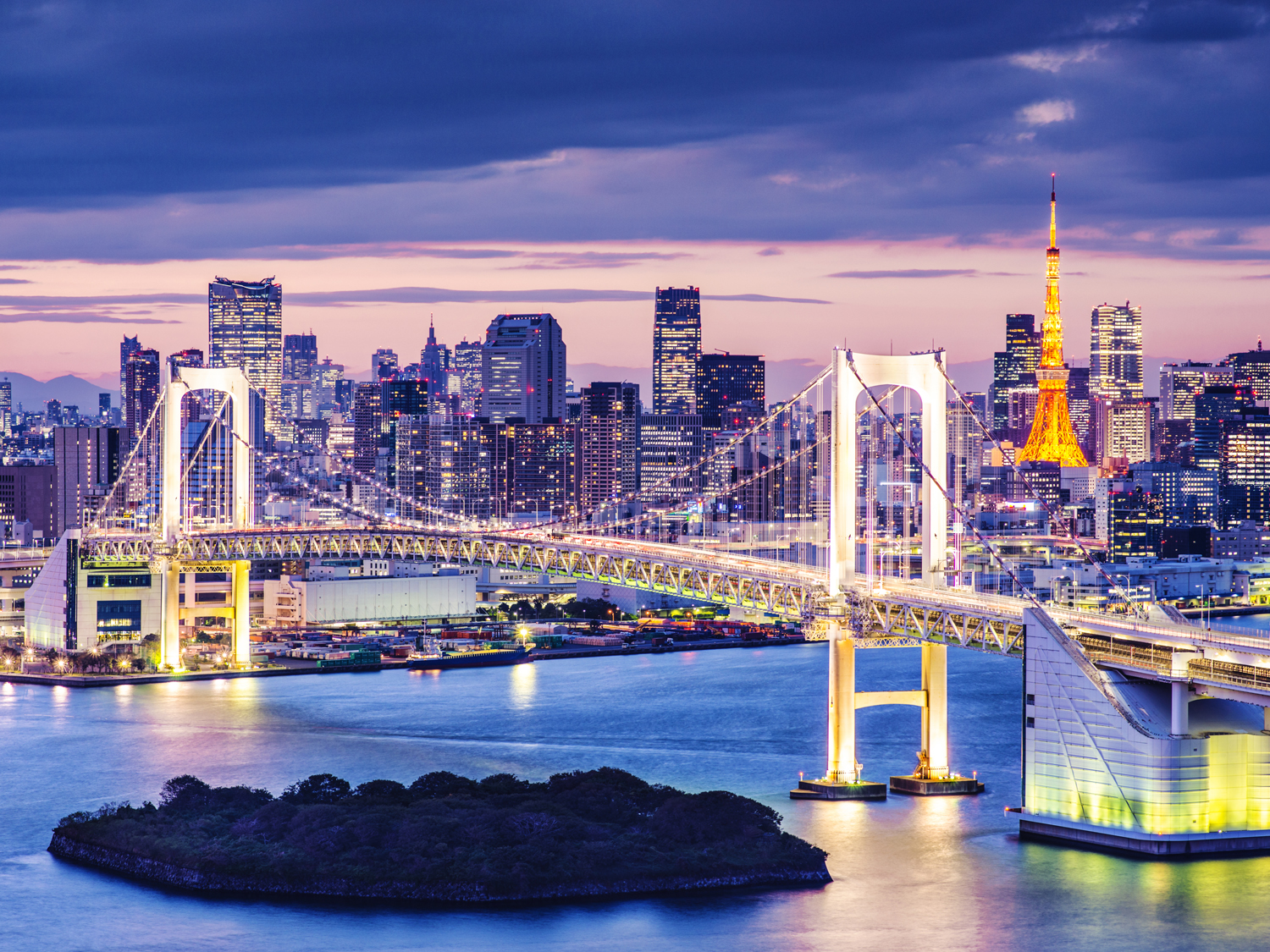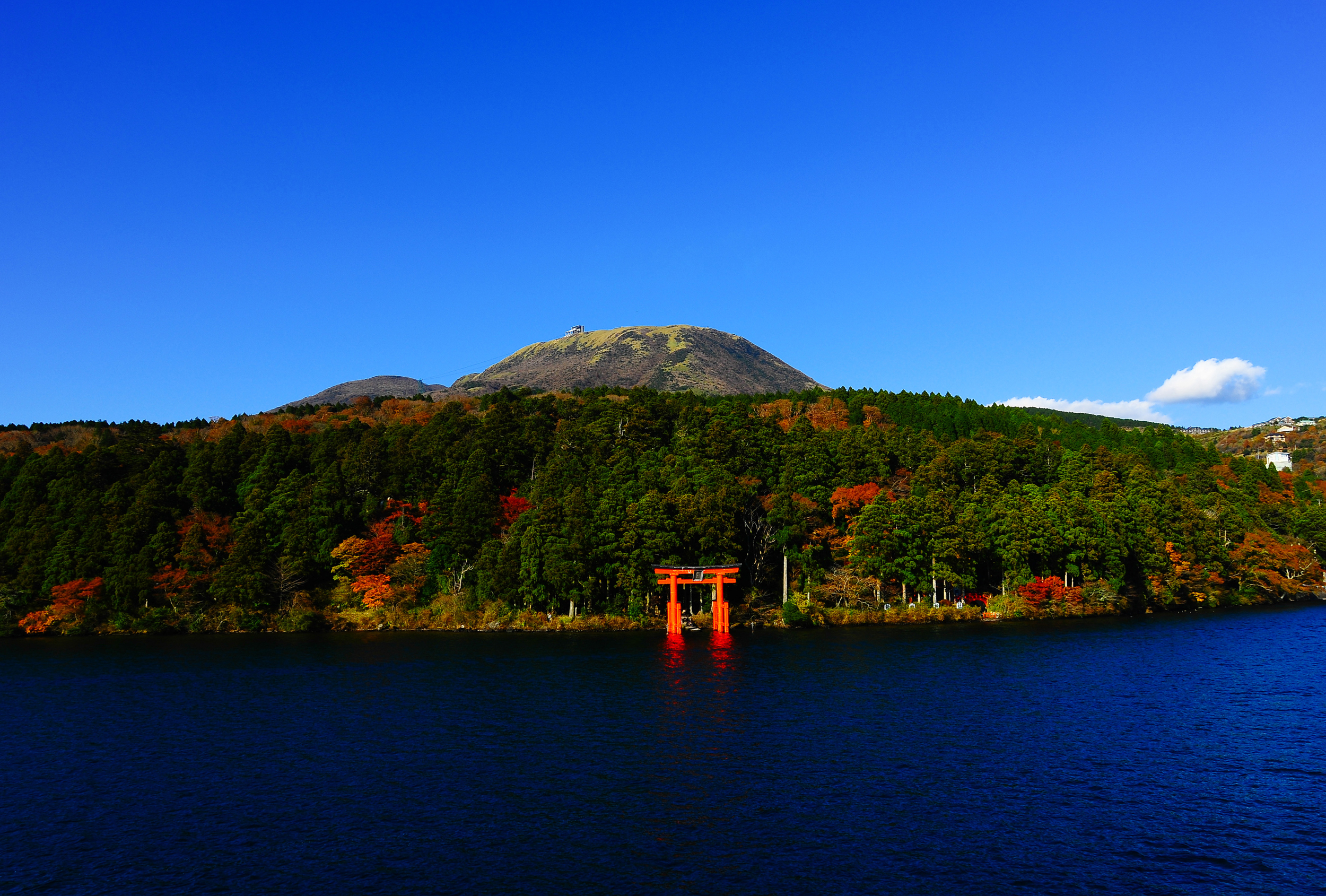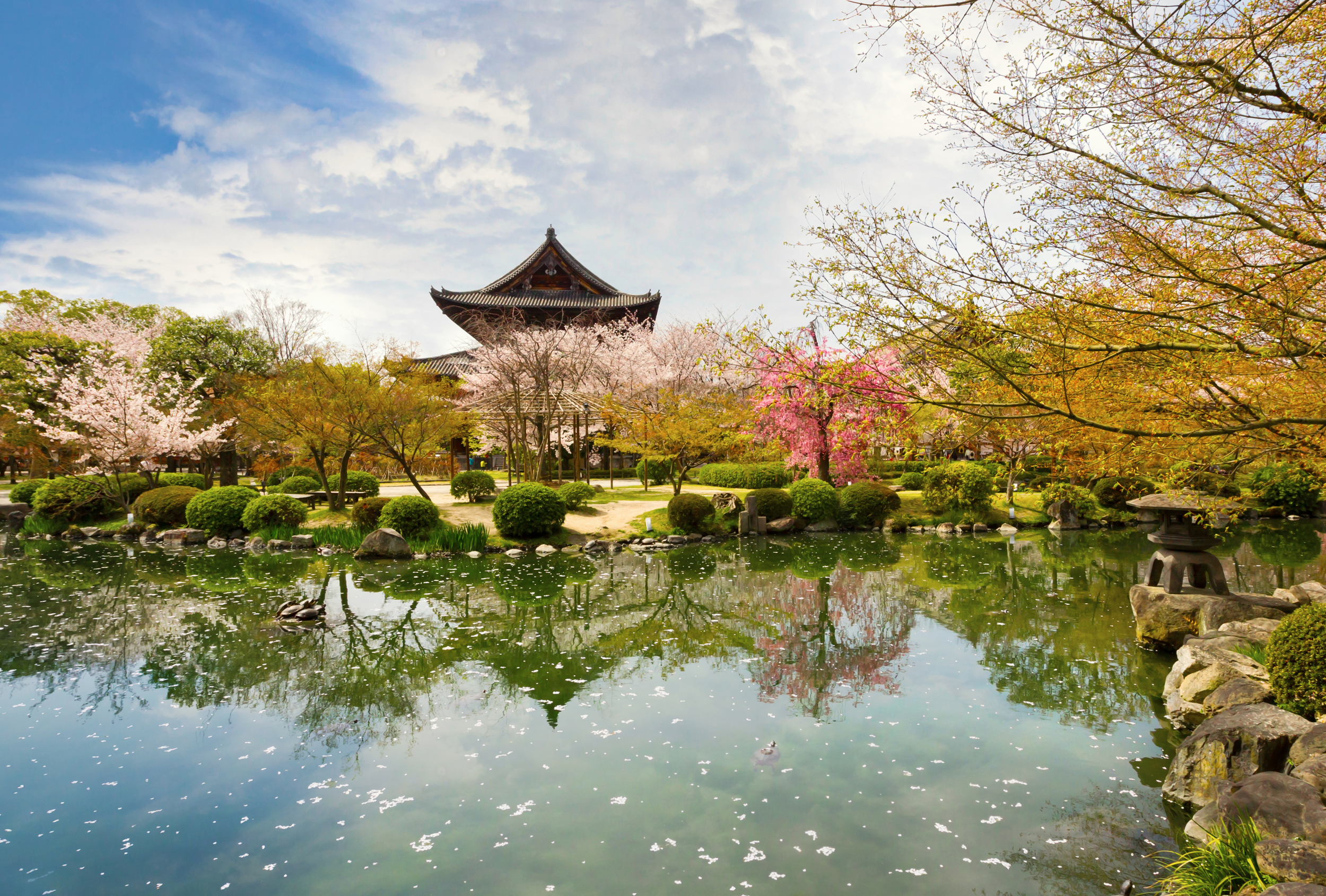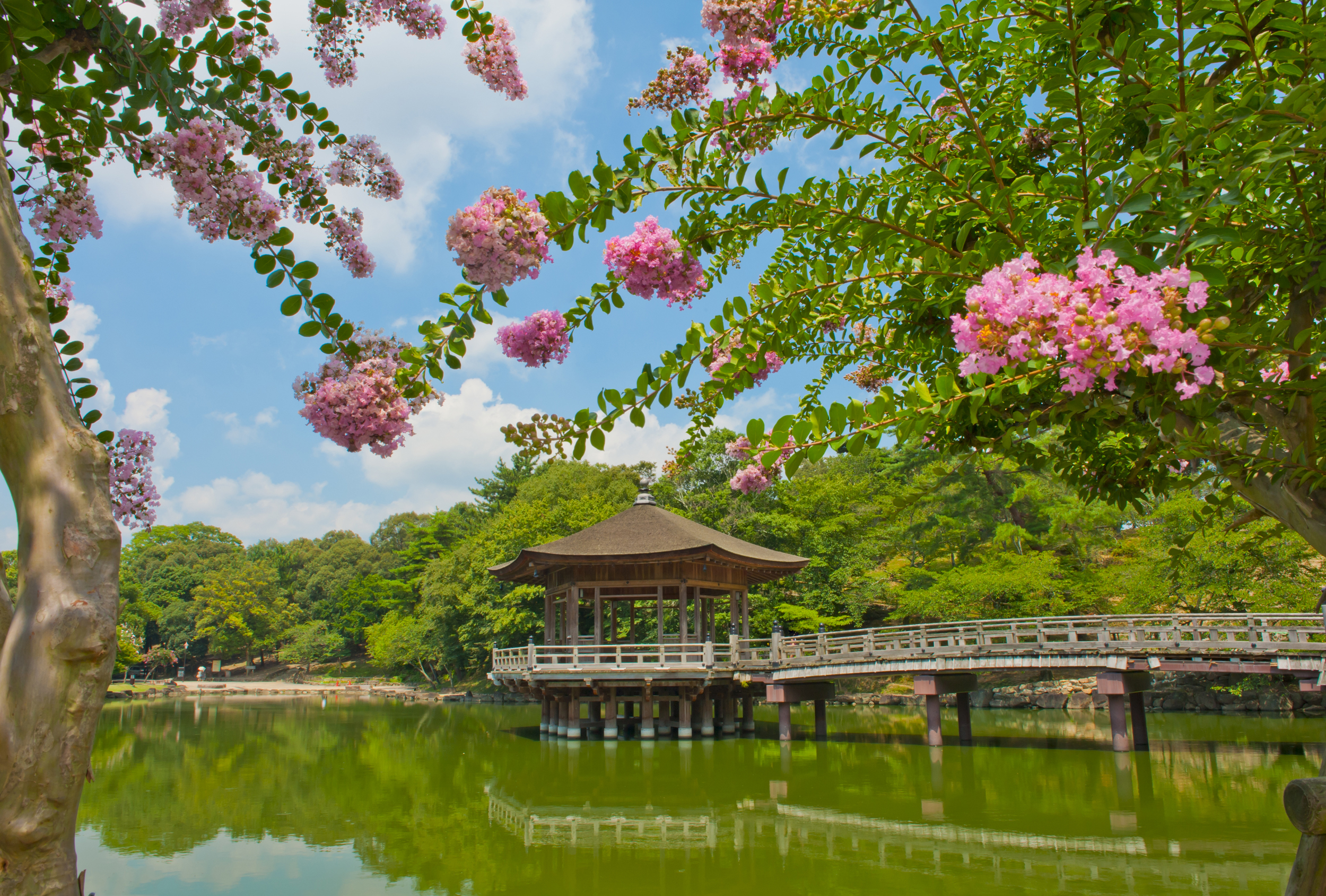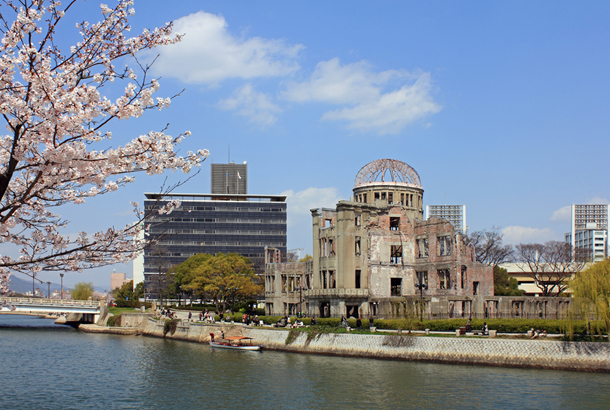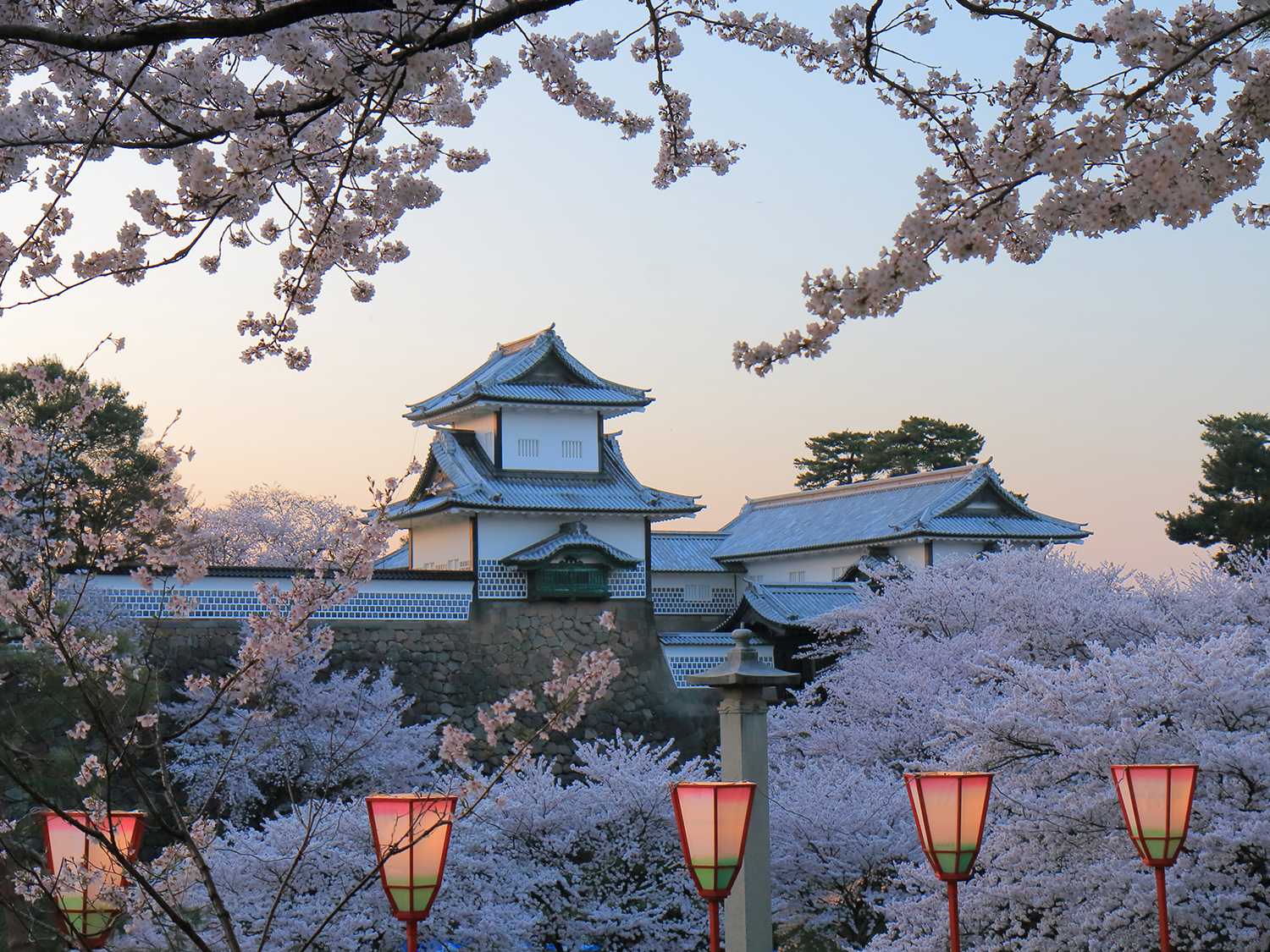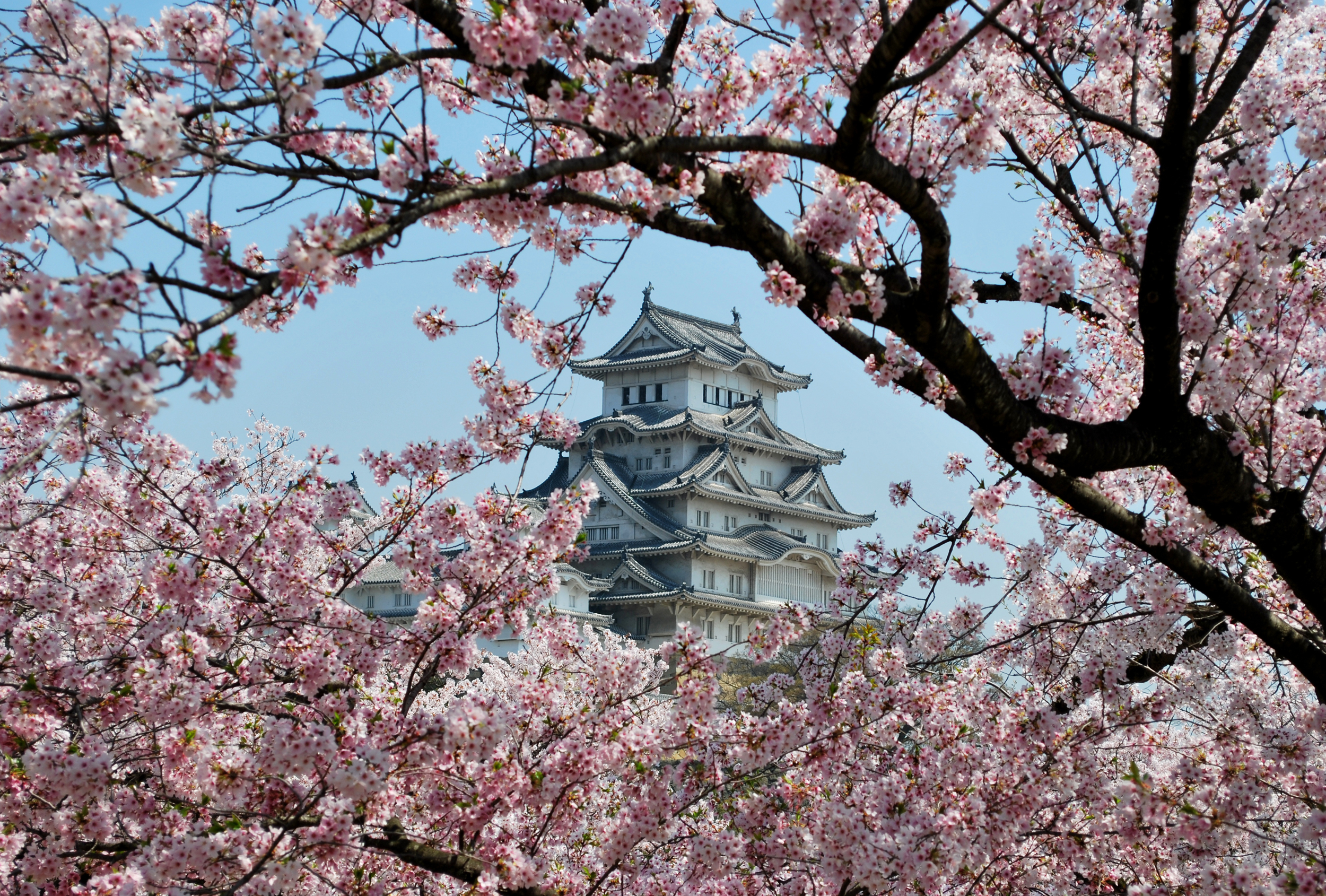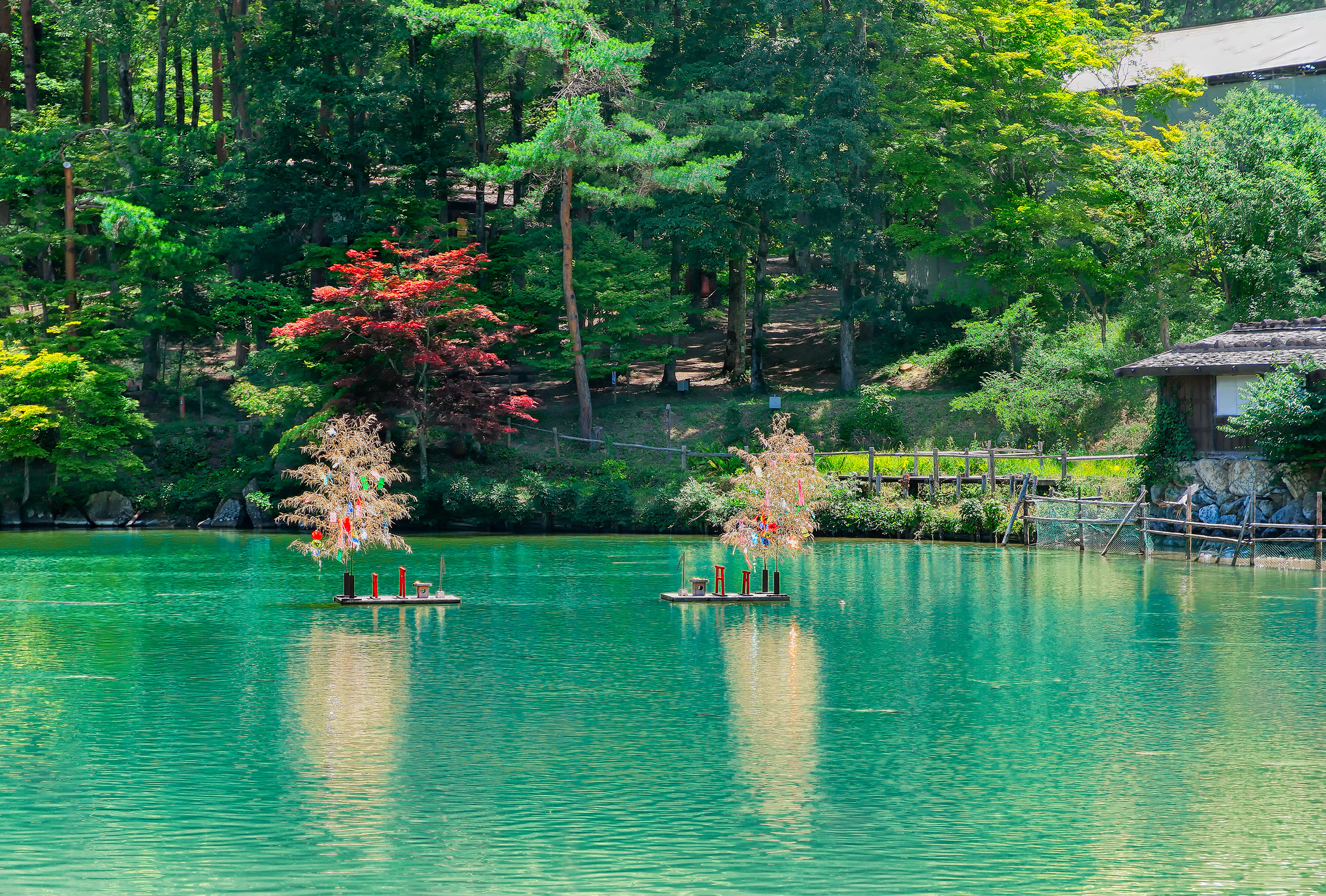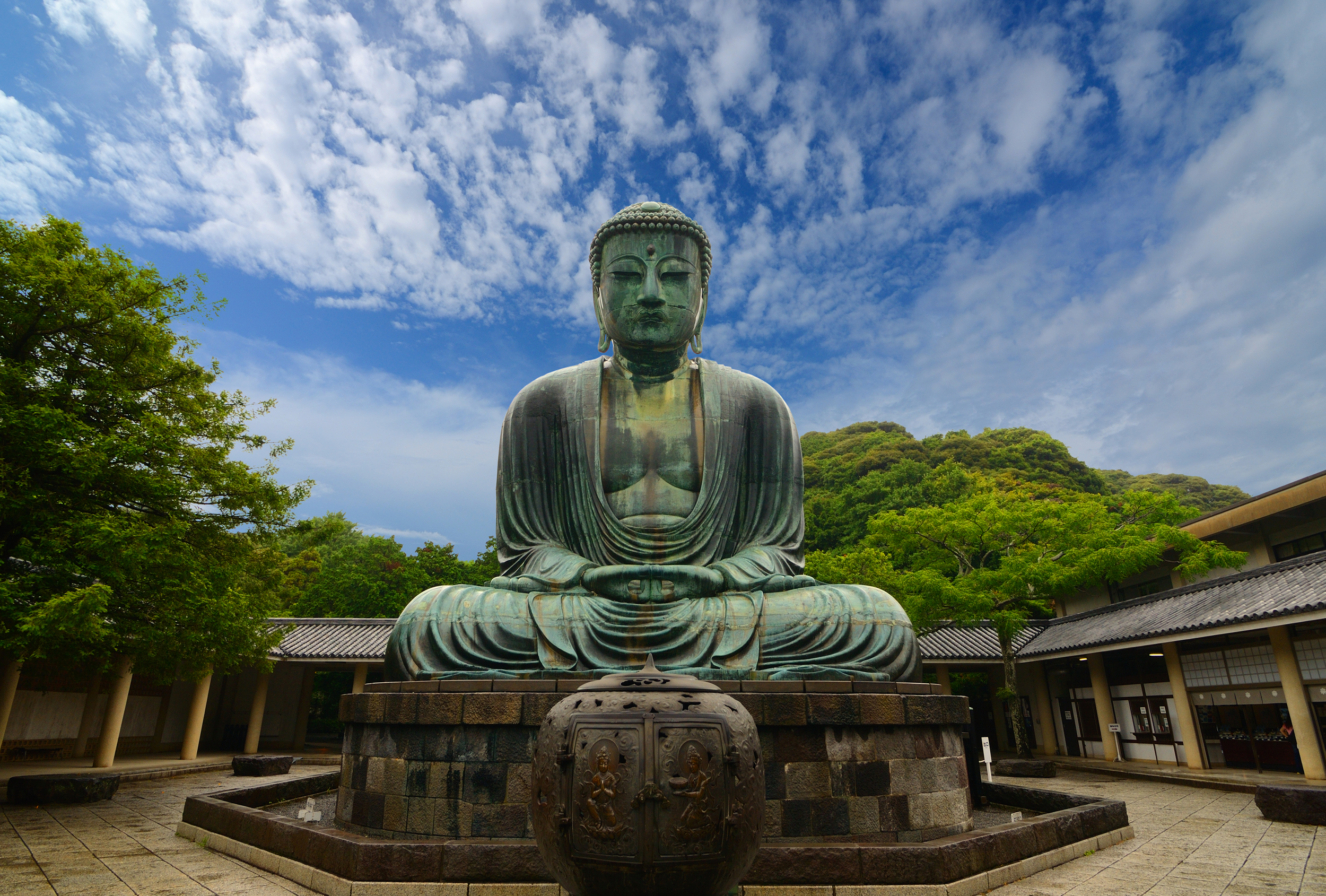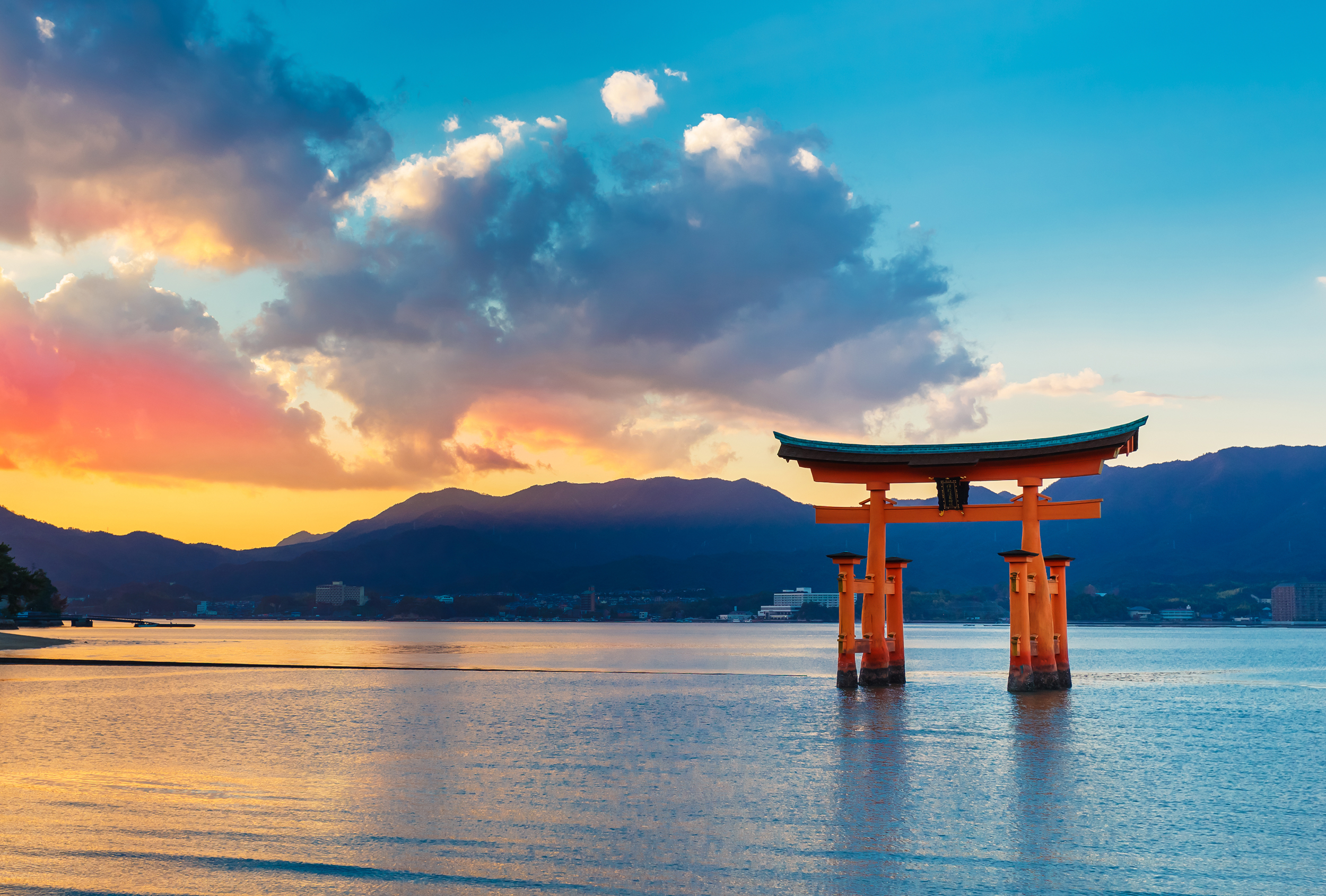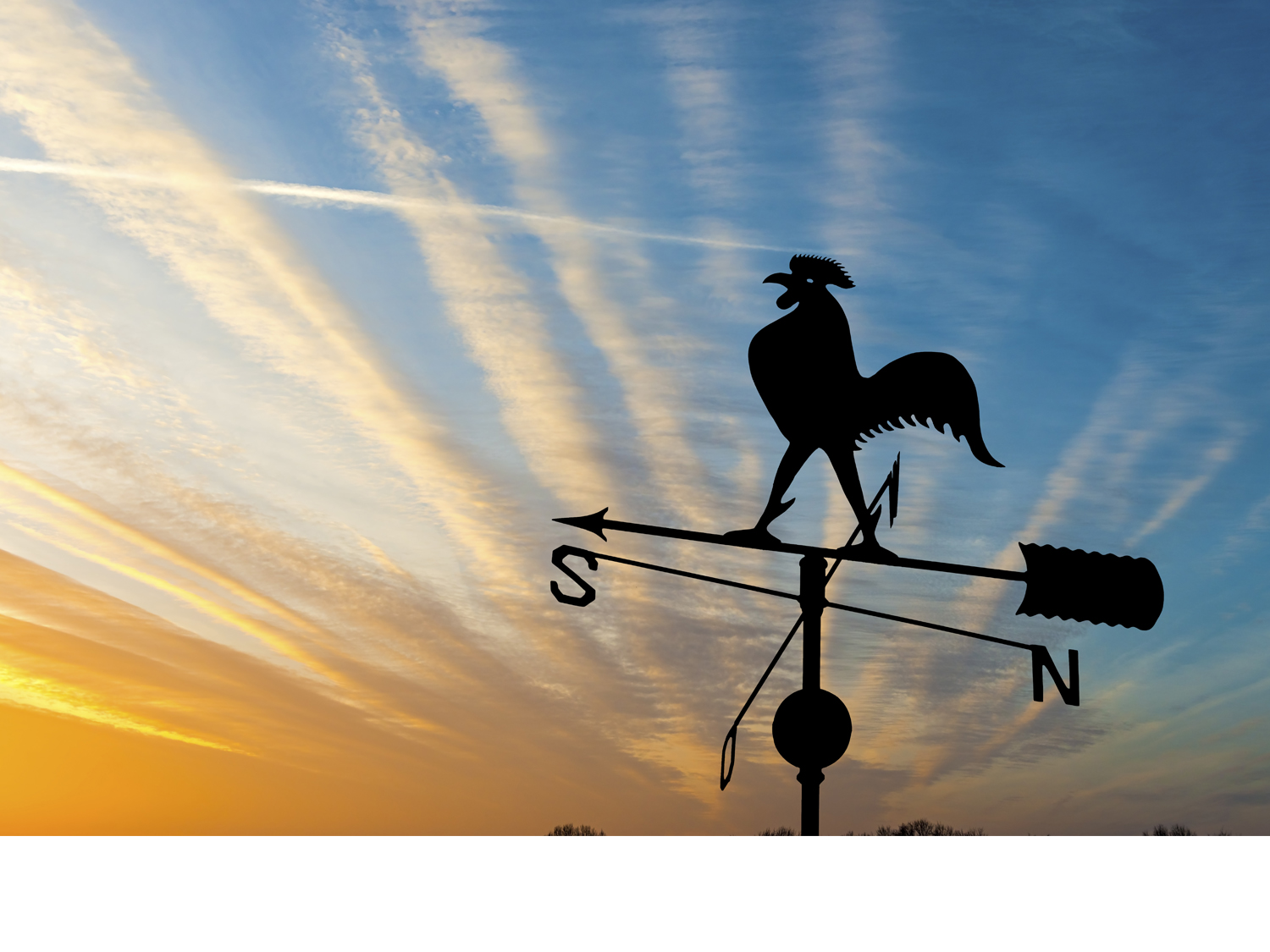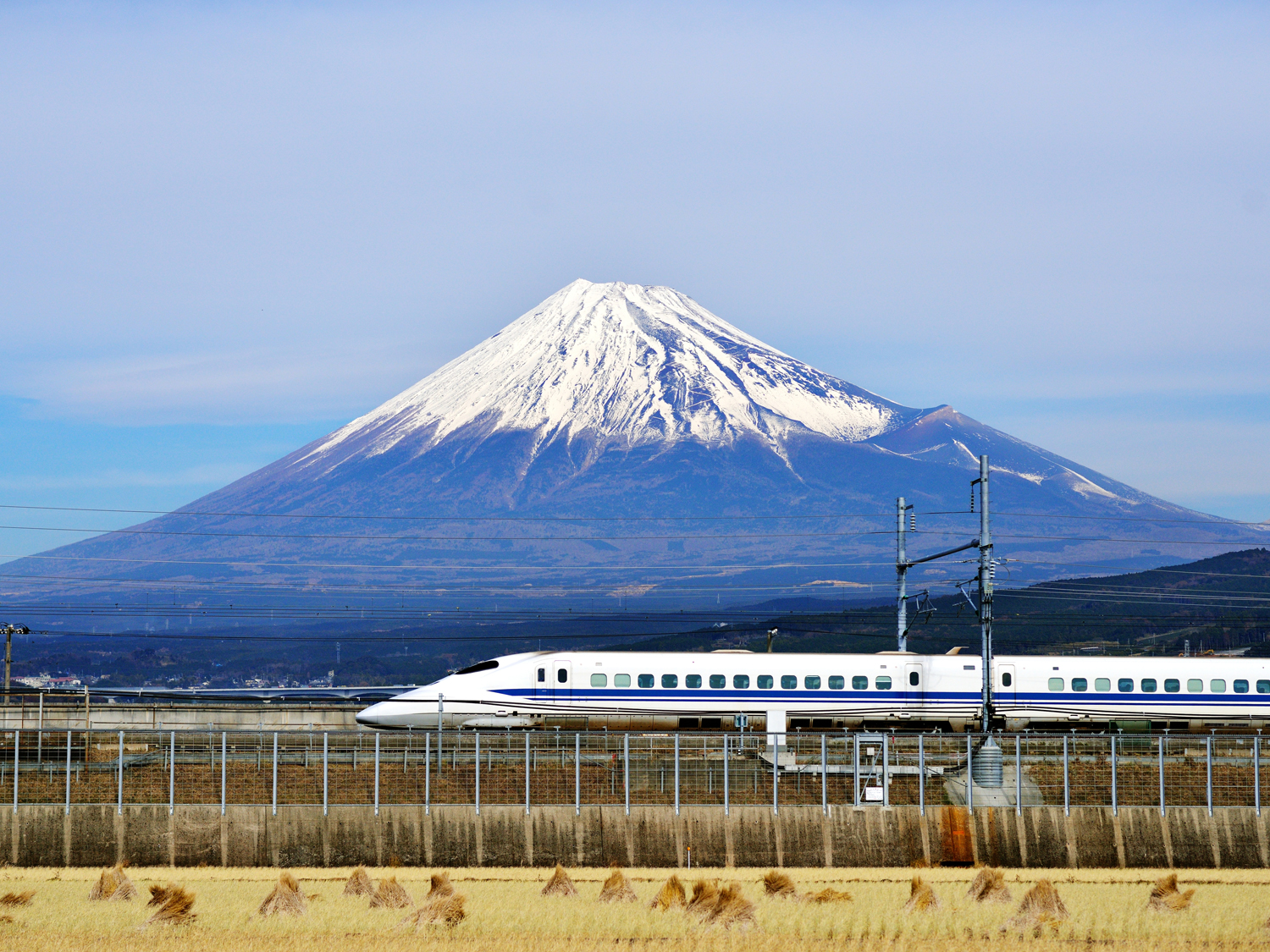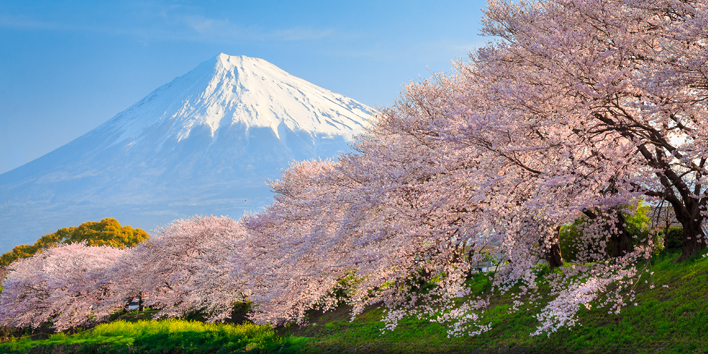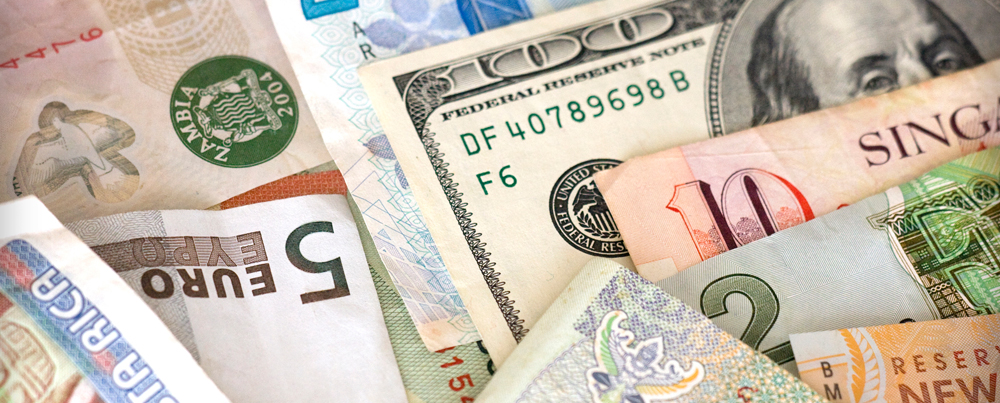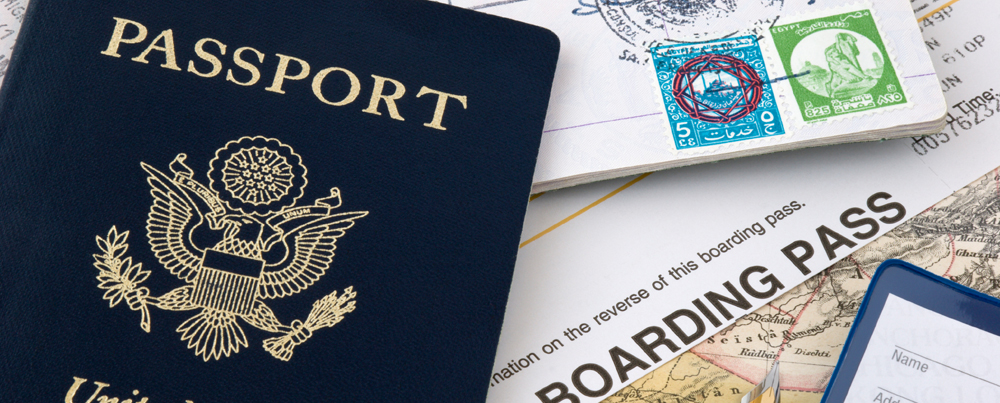Best Places to Visit in JapanTop Must-See Destinations and Hidden Gems in Japan
When do you want to go?
2024
I'm flexible
Passengers
Adults (18+)
Children (0 - 17)
Top 10 Destinations in Japan
Tokyo
With over 12 million people, Tokyo is one of the largest cities in the world. With its huge skyscrapers, underpasses, overpasses and crowds of pedestrians, Tokyo may not seem the most attractive city on the surface, but the city has a vibrant charm all of its own and the street level detail is what makes Tokyo such an incredibly interesting place to explore. The city has many major sights to visit such as Senso‐ji Temple in the old downtown area of Asakusa or the fashion hub of Shibuya from where all new trends are said to emanate.
Hakone
The beautiful national park in the Hakone area is around 50 miles west of Tokyo and just to the south of Mount Fuji, Japan's most sacred peak. The area consists of a handful of small villages and hamlets, all connected by a variety of local transport, including buses, cable cars, and a mountain railway. Hakone has plenty to see and do, from tasting eggs boiled in volcanic waters to taking a boat trip across beautiful Lake Ashi. Or maybe you will just sit back and relax while soaking in one of the many therapeutic hot spring baths.
Kyoto
Home to 17 UNESCO World Heritage sites, over 1,600 Buddhist temples and 400 Shinto shrines, this ancient city showcases the heart and soul of traditional Japan. Kyoto boasts an array of world‐class gardens, majestic festivals and delicate cuisine, all of which make much of the rhythms of nature and the changing of the seasons. Grid‐like Kyoto does have its fair share of neon and concrete, but the discerning eye will soon pick out Kyoto’s sacred shrines, time‐honoured teahouses and mysterious geisha hidden down the quiet alleyways.
Nara
Just 40 minutes by local train from Kyoto, Nara is renowned for the wealth of its Buddhist and Shinto heritage. Nara was formerly the end of the Silk Road and was the area which first saw Buddhist teaching making the transition across the ocean from China. The myriad of shrines and temples are all set against the backdrop of the low lying mountains and in the midst of Nara Park, which is home to a vast population of pesky deer, who will happily munch on your guide books and anything else they can get their noses into.
Hiroshima
Hiroshima is a city that needs little introduction. It is of course infamous for being the site of one of two atomic bombs dropped on Japan at the end of World War II. Despite it's tragic past, Hiroshima is now a bustling and vibrant city. The Peace Park and Museum are a poignant reminder of Hiroshima's past; other attractions include Hiroshima Castle, the baseball stadium and the Hiroshima Prefectural Museum of Art. Shukkei‐en Garden is also well worth an afternoon stroll with a number of tea houses dotted about the grounds.
Osaka
Osaka is Japan's second city and an extremely vibrant and lively place to stay. The city aquarium is world class and you cannot stay in Osaka without taking a ride on one of the city's several giant ferris wheels. Osaka Castle is well worth a visit despite being a reconstruction as the original was burnt down at the end of World War Two and you will find a variety of very interesting museums scattered throughout the city. After dark Osaka really comes alive, and a walk through the bright lights of the Nanba district is a great way to take in the atmosphere, with some great people‐watching opportunities.
Himeji
Tucked away on the coast of Japan, looking out over the Harima Nada Sea, Himeji is the home of the most beautiful castle in the entire country. Sitting on a raised brick platform, the castle gleams pearly white and is adorned with numerous pointed roofs, each one lined with traditional decor. It becomes even more stunning when the cherry blossoms bloom, surrounding the castle with a haze of pink. It is both a beautiful sight and an important one because of its historical significance. Dating back to 1333, the castle was passed down from hand to hand during Japan’s feudal times and survived numerous battles, natural disasters, and even proposed demolitions until it was inscribed as a UNESCO World Heritage Site in 1993. Once you’ve taken in the castle, take a wander through Himeji town and cast your eye over its crumbling buildings, relics of a bygone era.
Takayama
Officially known as Hida Takayama, this atmospheric town has retained a traditional touch like few other cities in Japan. Offering a pretty riverside setting in the Central Alps region, Takayama is the gateway to some of the country's best hiking and a great destination for those looking to experience the rural side of Japan. Easily explored on foot, the town offers a wealth of museums, temples, and galleries, as well as a beautifully preserved old town. It's also home to one of Japan’s best-loved festivals, the Takayama Festival, which is held twice a year in spring and autumn.
Kamakura
Just 50km from Tokyo, Kamakura is a world away from the lights and action of Japan’s buzzing capital. This peaceful city operates at a much more leisurely pace of life and is brimming with gorgeous buildings, quaint cafes and temples galore. The main feature of the city is the Great Buddha of Kamakura, a bronze statue which dominates a plaza in the city. For some more cultural enrichment, travellers should head to one of the numerous temples that speckle the region of Kamakura. If the weather is nice, another popular hotspot for visitors and locals alike is the Itsuki Garden, a delightful spot of natural beauty. Grab a drink or a bite to eat at the cafe and immerse yourself in the serenity of your surroundings. You might even be able to see the Great Buddha in the distance if it’s a clear day.
Miyajima
Translating as ‘Shrine Island’, Miyajima is by far and away one of the most popular destinations in Japan – and with good reason. The island’s pride and joy is its Itsukushina shrine and particularly the Torii Gate, which is built in the sea and is often referred to as the ‘floating shrine’. This gate is considered to be the boundary between the living and the dead and in order to maintain its purity, births and deaths are forbidden from taking place near it. Another unique feature of this region is the deer that can be found in every nook and cranny of the island. These cheeky animals will steal the food right out of your hand if you’re not careful. According to the Shinto religion, the deer are sacred as it is believed that they are the messengers of God.
Japan Guides
Best Places to Visit Japan
Some places deserve your attention and here's our choice of Japan's top 10
Best Time to Visit Japan
Plan your visit to Japan with our guide to the seasons and what they have to offer
Our customers say
Excellent
4.4 out of 5 based on 275 reviews
